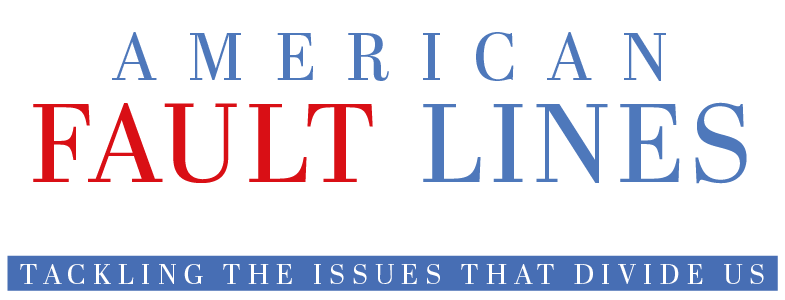Internet.com (March 28, 2001)
It has been, in a word, disaster. The current downturn in ad spending has agencies, publishers and the folks who serve them scrambling for cover. Layoffs have become a daily occurrence. There is much bleeding from the bottom line.
But one group of marketers sees opportunity in adversity.
"Advertisers and clients are going to be looking for the most cost-effective ways to build a customer base and email has been proved to do that," says Shannon Carter, executive vice president at Talkway Communications, which provides a video optimization technology for rich emails.
According to Web research firm eMarketer, email marketers will spend more than $2 billion this year, just under 10 percent of total online advertising dollars. But with ad spending in a tailspin, some industry experts believe that email's piece of the action will grow even larger -- and richer.
"The downturn in the economy could actually work in the favor of marketers if they're smart about it and they use those tools that best maximize the marketing skills they have," argues Chris Donaldson, a co-founder of Radical Communication, which produces RadicalMail, a popular rich email solution.
The rich get richer
The increased use of rich media in email has bolstered the medium's ability to deliver everything from dynamic video to complete shopping solutions right in the email client. Forrester Research predicts that in five years, 50% of all communications with come in the form of rich media.
But therein lies the rub.
There are few among us who have been spared the annoyance of growing old while waiting for a rich email to download, or, worse, watching our system freeze the moment it deployed.
Most of the people who make advertising spending decisions have had the same experience -- one they don't want to share with their customers.
"The majority of the time the end-user isn't going to sit around and wait for this to download," Donaldson acknowledges. "It all comes down to download time and making the end-user's experience as fruitful as possible."
Sniffing out sales
To achieve that, RadicalMail and many of the other leading products employ a "sniffer" technology that ferrets out key information about the end-user in the instant before the download: Is the customer on broadband or a dial-up connection? Is his email client java- or html-enabled? What operating system is the computer using? The email server then serves up the most appropriate kind of message, either a rich email in a variety of compression sizes, or a text message with a link to the rich content.
"The key is delivering to your audience that media which is most appropriate to their email environment," says Donaldson. "It's not a broadband play, we're trying to reach consumers of all bandwidth speeds."
Still, no one claims they are actually getting to all the eyeballs yet.
RadicalMail reports a 30 percent open rate. Another well-known email solution provider, Mindarrow, says 22 percent of those who receive its ebrochures are able to view them.
But those numbers look a lot better when put in the context of consumer response: Where banner ads generally garner a clickthrough rate of less than half a percent, RadicalMail claims a response rate of 20 percent and a forward rate of 10 percent, Talkway reports clickthroughs of 10 percent or better, while Mindarrow says its overall clickthrough rate is 13.5 percent.
But numbers can be misleading. Various research firms reporting anything from two percent to 20 percent clickthrough rates on email campaigns.
Not all lists are created equal
"In general, it depends on how opted-in the list of people you are sending it to is," explains Scott Altman, director of marketing communications for Mindarrow. "If you're truly opting them in the right way and sending the kind of material they wish to receive and in a rich media format people are going to like, your response rates are going to be good. But if you're providing them something inappropriate, you're just going to upset people."
But that's not to say technology is not still a hurdle; from firewalls that block java script on corporate sites and the systems of providers like AOL, to the plethora of email clients and operating systems, it's a technological jungle out there.
"Every day we learn something new about what happens in Netscape and AOL and Outlook 97 and the rest," says Altman of Mindarrow. "It's learning by doing."
EMarketer analyst Jonathan Jackson, who specializes in email, acknowledges the high response rates, but adds a dose of skepticism.
"If users can get it, they'll open it more frequently, but not everyone can get it," he maintains. "The cost is exponentially higher to produce these things. You get a better marketing tool, but you have to consider, can everybody get it?
[Email solutions providers] are doing fantastic things, but we may be one or two steps ahead of where the market is," he adds. "Unless it's highly targeted to college kids in dorms where you know there are high speed lines, it's still a risky proposition."
Says Radical Communication's Donaldson: "Obviously we disagree with that."
Next Week: Getting the eyeballs on email


